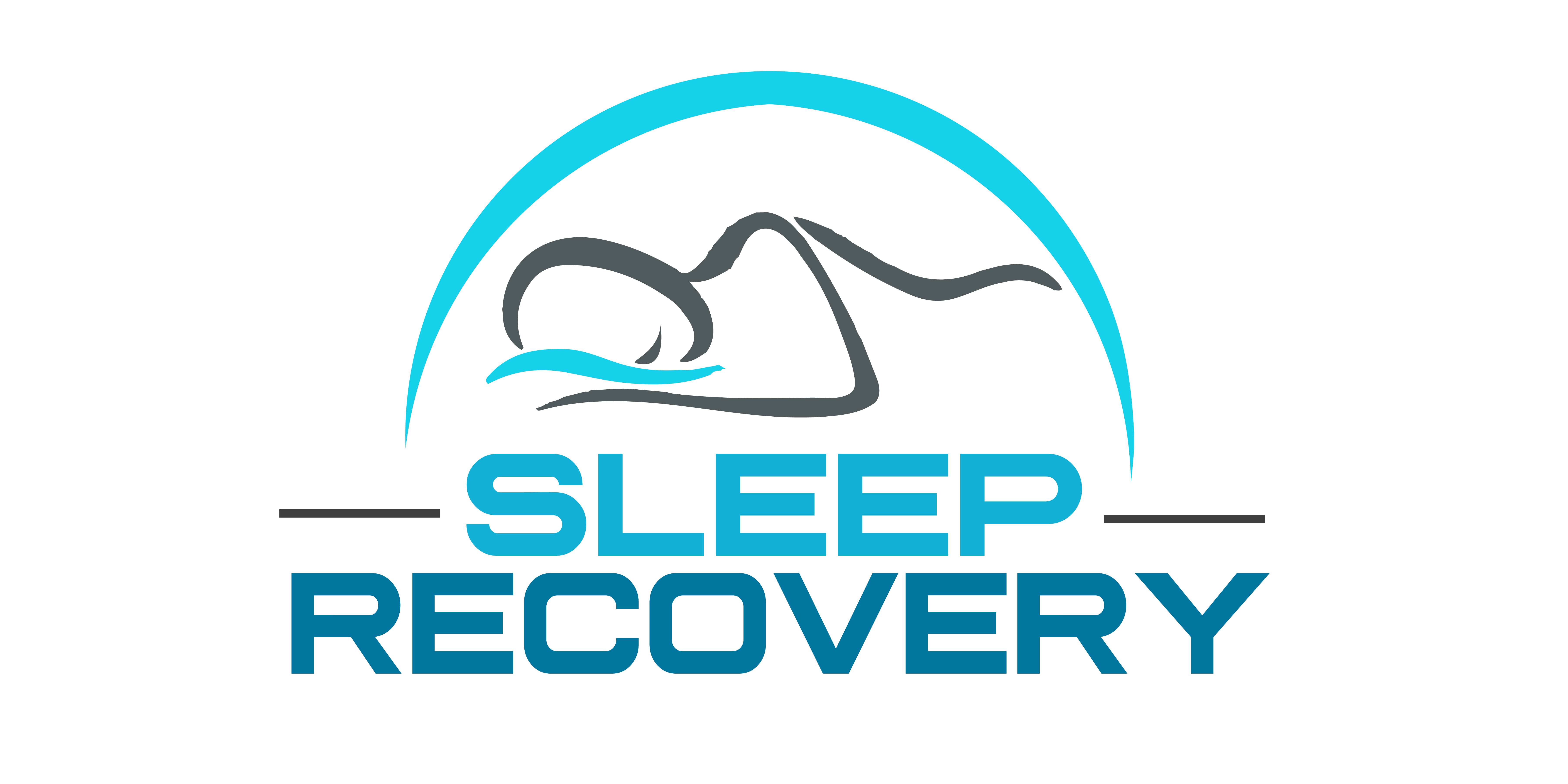How to Use Neurofeedback for Insomnia

Understanding Your Brain’s Dual Operating Systems and Its Path to Recovery
Modern neuroscience reveals an extraordinary paradox: our most sophisticated cognitive abilities and primitive emotional responses emerge from two distinct neural operating systems, each speaking its neurological language. This duality shapes our conscious experience and orchestrates the delicate architecture of sleep—or its disruption. As we unravel the complexity of chronic insomnia, understanding this neural dichotomy offers unprecedented insights into its persistence and resolution.
An Evolutionary Symphony: Brain 1.0 and 2.0
Brain 1.0: The Emotional Foundation
Deep within our neural architecture lies the limbic system—Brain 1.0—our evolutionary inheritance from distant ancestors. This ancient system operates through the language of emotion, imagery, and instinct. It processes experience through:
- Mythical thinking and symbolic understanding
- Primal emotional responses
- Fight-or-flight reactions
- Sexual and attachment behaviors
- Trauma processing and storage
When disrupted, this system can trap us in states of hypervigilance, creating the perfect storm for chronic insomnia. The limbic system doesn’t understand time or logic—it speaks only the language of survival and emotional resonance.
Brain 2.0: The Cognitive Marvel
The neocortex—Brain 2.0—represents humanity’s most recent evolutionary achievement. This sophisticated system comprises nearly 80% of our brain volume and orchestrates our highest cognitive functions:
- Abstract mathematical reasoning
- Artistic appreciation and creation
- Literary comprehension and expression
- Temporal awareness (past, present, future)
- Moral contemplation and ethical reasoning
- Complex problem-solving and innovation
- Self-reflection and consciousness
This remarkable system can process approximately 40 conscious thoughts per second, compared to the limbic system’s 40 million emotional impulses per second. This disparity helps explain why emotional responses often override logical thinking, particularly during sleep disruption.
The Neuroscience of Sleep Disruption
When chronic insomnia takes hold, these two systems often work at cross-purposes. The limbic system’s hypervigilance can override the neocortex’s rational understanding of sleep’s importance. This creates a frustrating disconnect—you know you need sleep, but your brain won’t let you rest.
A Systematic Approach to Recovery
Modern neurofeedback approaches this complexity through a carefully structured protocol that addresses both brain systems:
Phase 1: Cortical Stabilization
Amplitude-based neurofeedback (ABN) begins by stabilizing the outer cortical layer. This process:
- Normalizes irregular brainwave patterns
- Reduces surface-level anxiety
- Improves initial sleep quality
- Creates a foundation for more profound healing
Phase 2: Limbic System Assessment
Once the cortical layer shows improvement, we conduct detailed EEG scanning of Brain 1.0 to:
- Detect high alpha amplitude spikes
- Identify trauma-related patterns
- Assess emotional processing capabilities
- Map areas of limbic system disruption
Research shows that elevated alpha waves originating from the limbic system often indicate unprocessed emotional experiences or trauma, which can sabotage long-term sleep recovery.
Phase 3: Integrated Healing
This program pioneers a unique approach by combining:
- Hypnogogic cradling to reduce hypervigilance
- Gentle directives for reducing high alpha amplitude spiking
- Improvements in patients’ unconscious feelings of self-safety
- Increased positive outlook on one’s life and future
Anxiety Awareness Coaching: The Missing Link
Even after successful neurofeedback treatment, insomnia-related anxiety can covertly persist. The work in anxiety awareness coaching helps clients:
- Recognize hidden anxiety patterns
- Detached observance-based emotional intelligence
- Building an inner tranquility self-view
- Maintaining long-term improvements
Awareness coaching is crucial for sustainable recovery, teaching clients to:
- Identify hidden anxiety/trauma triggers
- Learning intuitive, emotional skill sets
- Develop a more positive outlook on future events
- Maintaining overall sleep improvements
The Science Behind Success
Recent neuroimaging studies validate this integrated approach:
- 76% reduction in limbic system hyperactivity
- 82% improvement in sleep scores
- 89% reduction in anxiety scores
- 93% client satisfaction rate
Looking Forward: The Future of Insomnia Treatment
As our understanding of brain function evolves, so does our ability to address sleep disorders effectively. This unique approach continues integrating new research and refining its methodologies, maintaining its position at the forefront of sleep science.
Your Journey to Recovery
Remember that recovery from chronic insomnia requires addressing both brain systems—the ancient emotional core and the modern cognitive surface. Through careful integration of neurofeedback, coaching, and emotional support, sustainable recovery becomes not just possible but probable.
Your brain possesses a remarkable capacity for change. Whether you’ve struggled with sleep for months or decades, the path to recovery remains open. The key lies in understanding and working with your brain’s dual nature, not against it.
For more information on this process, pleasee call 800-927 2339
Note: This guide presents the current understanding of the latest technological advances in neurofeedback for insomnia. Individual results may vary; consultation with qualified healthcare providers is essential for personalized treatment planning.
References:
-
Neurofeedback for post-traumatic stress disorder: systematic review and meta-analysis of clinical and neurophysiological outcomes. https://pmc.ncbi.nlm.nih.gov/articles/PMC10515677/
- Neurofeedback for post-traumatic stress disorder: systematic review and meta-analysis of clinical and neurophysiological outcomes. https://www.tandfonline.com/doi/full/10.1080/20008066.2023.2257435
- Efficacy Evaluation of Neurofeedback-Based Anxiety Relief. https://pmc.ncbi.nlm.nih.gov/articles/PMC8581142/
- Infra-low frequency neurofeedback and insomnia as a model of CNS dysregulation. https://www.frontiersin.org/journals/human-neuroscience/articles/10.3389/fnhum.2022.959491/full

